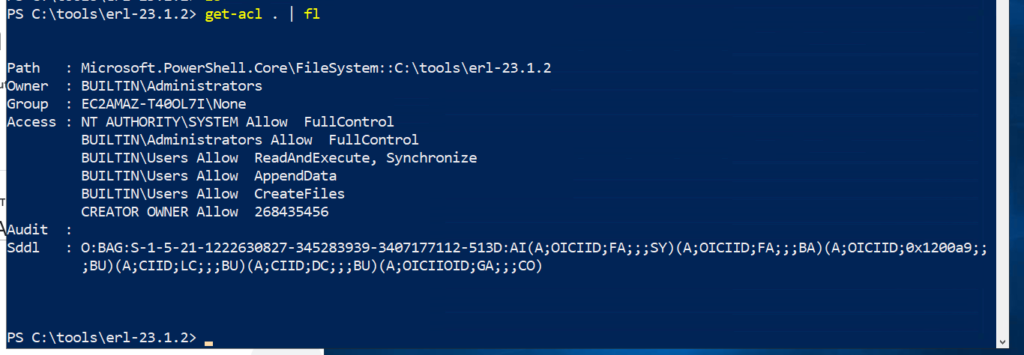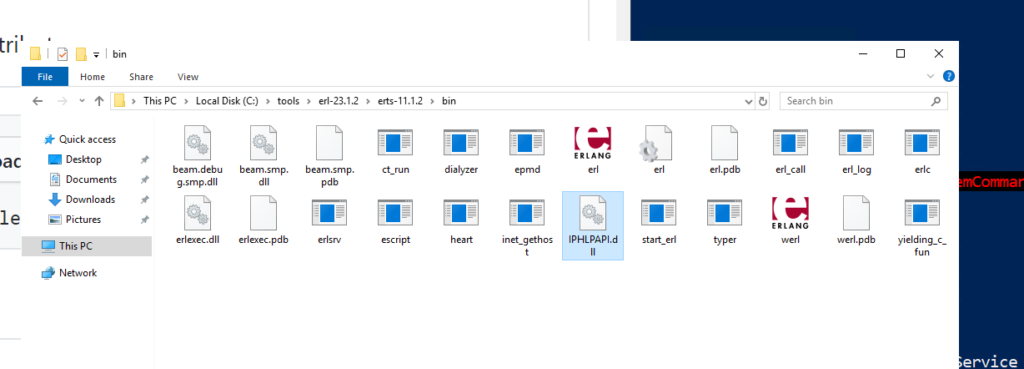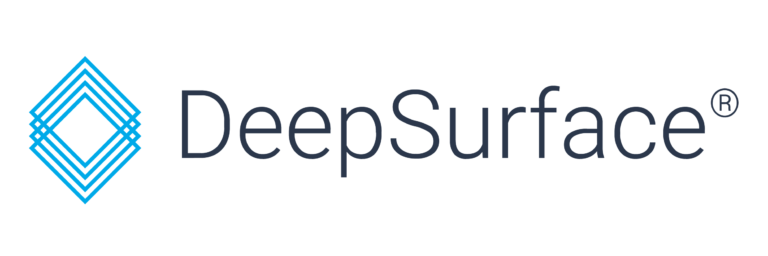Overview
Erlang is a popular general-purpose programming language and runtime environment, with support for concurrency commonly found on many distributed systems. When distributed on Windows machines, the Erlang emulator can also be run as a service with the erlsrv.exe command. This seems to be commonly used with popular software, such as CouchDB.
These services, by default, run as Local System, and are thus an interesting target for privilege escalation attacks. Improperly configured services are a common vector for privilege escalation in Windows installations. For instance, if the directory storing a service executable has improperly configured permissions, it’s often possible for an attacker to drop in a malicious DLL in the same directory which will then be loaded by the application. For more information on service permissions, DLL sideloading/hijacking, and related issues see our previous post on the topic.
This is a writeup for CVE-2021-29221, a DLL hijacking attack against Erlang which allows an unprivileged local attacker to escalate to Local System under certain conditions. Erlang/OTP prior to version 23.2.3 is affected by this vulnerability.
Exploitation
First, we downloaded the latest version of Erlang (at the time of discovery) from here: https://github.com/erlang/otp/releases/tag/OTP-23.1.2. We tested with the 64 bit installer otp_win64_23.1.2.exe but the below steps should be reproducible across any vulnerable version.

Throughout the installation process, we use default settings except for the installation directory, which we change to C:\tools to demonstrate the permission misconfiguration.

Expanded Vulnerability Scanner Support
When DeepSurface launched last year, we could ingest vulnerability data from the Tenable line of vulnerability scanners. Today we’re pleased to announce that we’ve expanded support to include Rapid7’s InsightVM and Qualys VMDR.
Note the improperly configured permissions in the Erlang installation folder, which are inherited from the drive root. This gives any local user the ability to create arbitrary files in the installation directory, which we can then leverage in a DLL hijacking attack.

In order to weaponize this vulnerability, we need software to use the erlsrv.exe, or Erlang emulator service. To demonstrate this, we can simply set up a dummy service with .\erlsrv.exe add TestService. This will create a service named “TestService” that calls into erlang, allowing us to then perform a DLL hijacking attack.

We can also easily confirm that the service is registered with the vulnerable Erlang installation.

In order to execute a DLL hijacking attack, we need to determine which DLLs the process loads. To do this, we can use Process Monitor from Sysinternals.
Note that in this case, the DLL hijacking occurs against the erl.exe process, which is spawned from erlsrv.exe.
Opening up procmon, we add filters on the process name, result, and path. Note that we also exclude all paths that do not contain “.dll” (which is not shown in the screenshot below).

We note that there are two potential targets for DLL hijacking, VCRUNTIME140.dll and IPHLPAPI.dll. In this case, we performed the attack against IPHLPAPI.dll.

With most DLL hijacking attacks, all that is required is a DLLMain function declaration. However, perhaps due to differences in how erl.exe loads libraries, defining DLLMain alone was not sufficient. Our tests suggest that the DLL was being searched for certain symbols, which if not present would cause the library load operation to abort.
In order to get around this additional constraint, we constructed a poisoned DLL with all of the symbols in the targeted DLL. While technically exporting all of the symbols is not required, it allows us to avoid seeing exactly what symbols erl.exe imports.
In order to get the list of DLL exports, we use DLL Export Viewer. From here, we pass the exported DLL functions into our DLL hijacking script.
This will generate an output.dll which we can then rename to IPHLPAPI.dll, and drop into the current directory of erslrv.exe, C:\tools\erl-23.1.2\erts-11.1.2\bin. When executed successfully, the code in this DLL executes the user account that is being hijacked to C:\pwned.
To fully demonstrate the implications of this attack, create a new non-admin user account and log into it. Then drop the poisoned IPHLPAPI.dll into C:\tools\erl-23.1.2\erts-11.1.2\bin.

To trigger the exploit, either restart the computer or restart the “Test” service as an administrative user.
With the provided payload, you should see C:\pwned created, with nt authority\system logged as the user account. This demonstrates a successful escalation of privilege, from a non-admin user account to nt authority\system.

The Fix
As shown in the associated commit, the vendor patch explicitly sets the permissions in the installation directory. In order to address this vulnerability, users should double-check the permissions on existing erlang installation directories.
If the permissions are improperly configured, consider one of the following two solutions.
- Uninstalling the current installation and reinstalling the latest version of Erlang. Note that the patch was made in version 23.2.3.
- Fix the permissions on the existing installation directory, for example, with the script at the bottom of our previous blog post.
Vendor Notification
| December 16th, 2020 | Reported to erlang-security@erlang.org |
| December 17th, 2020 | Erlang security team response |
| January 5th, 2021 | Continued correspondence with Erlang security team |
| January 20th, 2021 | Erlang version 23.2.3 released with fix OTP-17097 |
| April 5th, 2021 | CVE-2021-29221 issued by DeepSurface Security |
| April 5th, 2021 | DeepSurface Advisory published |
